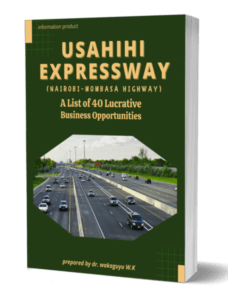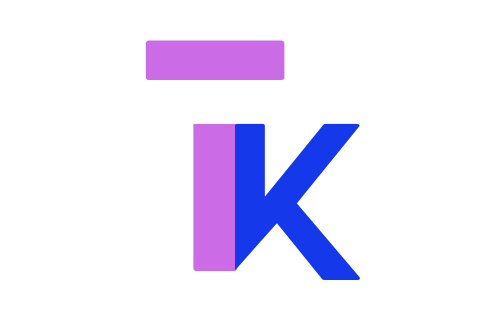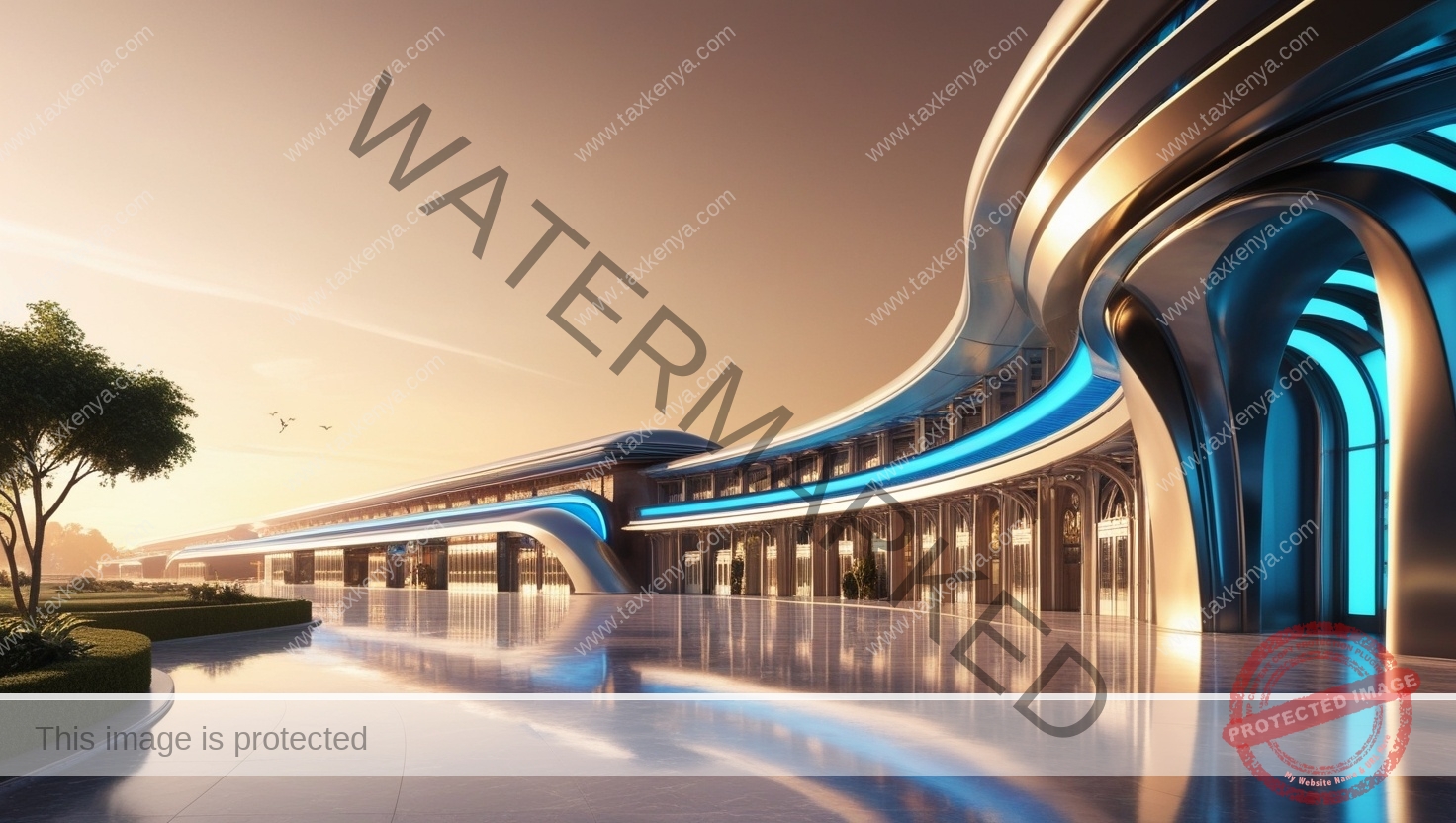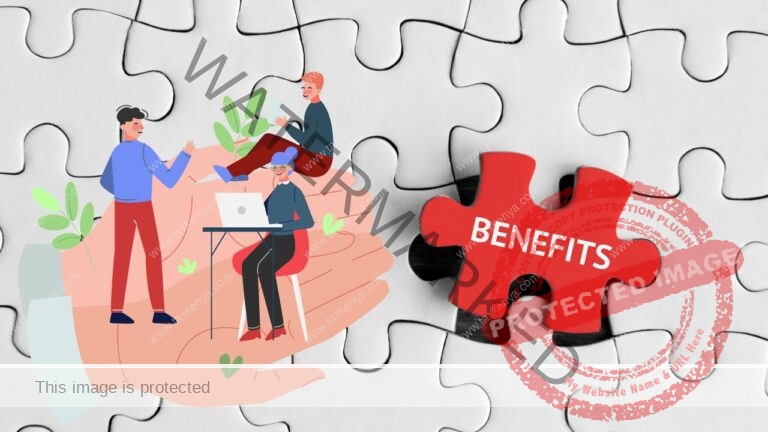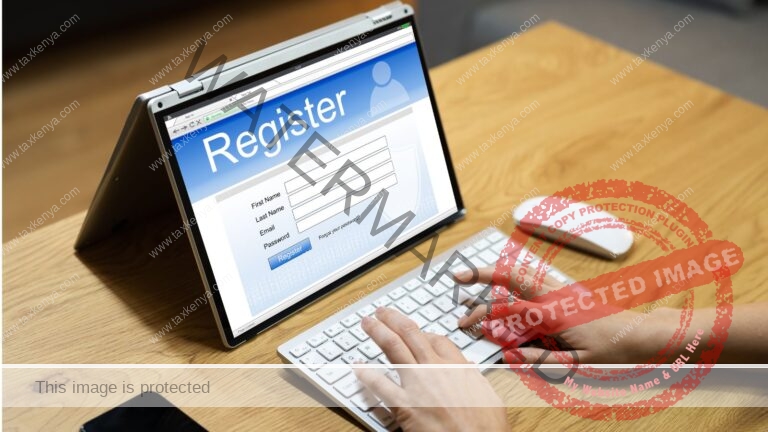One Saturday in June, we visited Nairobi to Suswa Train Station in Naivasha using the Standard Gauge Railway (SGR) a distance of over 100 km from Nairobi. We got onto the passenger train at Ngong station, having paid kshs 130 for one way. It would cost the same amount for the return journey back to Ngong.
Affiliate Disclosure: This post may contain affiliate links – I may receive a small commission if you purchase through links, at no extra cost to you. Read HERE.
We purchased the tickets using Mpesa directly from the SGR website metickets.krc.co.ke. It would help if you had your national ID or passport number ready. It is important to note the booking number.
We had decided against boarding at Syokimau or Ongata Rongai railway stations, Ngong station was nearest. We arrived on time and learnt you must have your national ID or passport and the ticket ready. You can print the ticket at home or you go to the station to have it printed. The train arrives and leaves on time.
Government Loans
Many of us have been complaining that Kenya is paying a lot of tax and we do not know what is done with the money. Many times, the government has told us that taxes are used to pay for domestic and foreign loans, among other things. In fact, in the recent anti-tax demonstrations, tax and the country’s debt were some of the contentious issues cited by the protesters.
The protestors have demanded that the government address the issues and have provided action plans. Access Thematic Area of Change and Key Actions for Reform the action plans. Some of those loans by the government are for development projects, while others are for recurrent expenditures, e.g. paying salaries, loan interest, donations, etc.
For the development loans, you can see what was done. For example, most infrastructure projects like Thika Road, Eastern Bypass, Western Bypass, Southern Bypass, Northern Bypass, SGR, Geothermal projects, etc. are visible. Let us not get into the issues of the project costs. That issue, we will address another day.
Loan Interest
Domestic and international government loans are not free. The principal and the interest amounts have to be repaid in total. The principal amounts remain the same unless there are additions. However, most times, they deceive us by making us believe that government loans have fixed interest rates when, in fact, they have floating interest rates.
For example, some international loans have the country’s base rate as the anchor of the loan interests. E.g. a country can get a loan at a 2% base rate plus a 1 per cent premium. Where the country’s base rate goes up to 4%, but the premium rate remains at 1% (often the premium rate is raised), the loan’s interest rate will be 5%.
Over time, base rates in most lender countries have increased. Many borrower countries have been left struggling to pay the interest while leaving the principal amount untouched. Effectively, this means there is no end date to repay the principal debts. Maybe, one day, the countries will repay the debts.
Exchange Rates
As a taxpayer in Kenya, the critical thing you need to know is exchange rates. Our foreign debts are in foreign currency. When the Kenya shilling loses value, our debts increase. For example, assume the country took a loan of 100 million USD at kshs 75 at 2% annual interest 20 years ago, and has been paying interest and not the principal amounts.
On January 25th 2024, when the USD exchange rate hit kshs 163.5, the country, fearing further slide in the Kenya shillings value, paid off the 100 million USD loan. For opting to pay off the load earlier, the lender country demanded that the country also pay interest for an entire year.
How much would the country have paid and what is the difference in Kenya shillings?
Principal loan – 100million USD
Interest @ 2% – 2million USD
Total – 102million USD
Current exchange rate – kshs 163.5
Original loan rate – kshs 75.00
Difference – kshs 88.5
Original loan – kshs 75 x 100milliom USD – 7,500,000,000
Loan repayment – kshs 163.5 x 102milliom USD – kshs 16,677,000,000
Difference – kshs 9,177,000,000
Because of the change in the exchange rate, the country will pay over 100% of the original loan. That is why the country should make the repayment of any external loans a priority. Taxes are some sources of money to pay off a country’s debts.
You Pay Taxes?
Some of your taxes are used to pay for the loans that the government took for infrastructure projects, for example, SGR and others. My question to you is: have you ever used the SGR? For the majority, the answer is no. The question is why.
Not using the loans for their intended purpose is comparable to purchasing a dress on loan, continuing to make loan payments plus interest, and never wearing the dress. OR Not making use of the loans is akin to buying milk on credit, continuing to repay the debt, and never even using the milk to make a cup of tea. The milk will expire before you even complete paying for it.
Using the SGR will also assist the government in completing repayment of the loan faster and avoid more interest and higher exchange rates. The unfortunate thing is that it is the taxpayer who will pay the debts.
Today Saying … “A hyena does not smile!”
Mombasa-Nairobi-Naivasha SGR
The Mombasa-Nairobi-Naivasha SGR section is part of the infrastructure projects under Vision 2030 that was completed during the Presidency of Uhuru Kenyatta with USD 5.1 billion in funding from the Chinese government through the Export-Import Bank of China to Kenya government. China Road and Bridge Corporation (CRBC), a subsidiary of China Communications Construction Company (CCCC) constructed SGR for the Kenya Railways Corporation (KRC).
Envisioned as a regional infrastructure project, this railway aims to connect landlocked EAC countries (Uganda, Rwanda, DRC, South Sudan, etc.) to the coast (Indian Ocean) and open up Kenya. This would ease imports and exports of cargo transportation and also passengers. This was supposed to be a regional project, not a Kenya project.
The project is supposed to generate adequate cash to cover its operations and the loans. For this to happen, all sections of the railway must be used to the fullest and you, as a taxpayer, should use the SGR.
Nairobi-Mombasa SGR Section
The construction of the 700-kilometre section Phase I of the SGR from Mombasa to Nairobi cost 3.6 billion USD. This is the busiest section characterized by transporting a lot of cargo (imports and exports) and passengers on the Madaraka Express. Many people know about this section of SGR because they have used it, their relatives have used it or they know somebody who has used it. This section contributes over 90% of the revenue to SGR.
Nairobi-Suswa SGR Section
The construction of the 97-kilometre section Phase IIA of the SGR from Nairobi to Suswa cost 1.5 billion USD. Many people have heard about Suswa SGR in Naivasha Suswa is not very popular because it ends in Suswa town in the Great Rift Valley. The train was not intended to transport people to the town because of Suswa town’s small population and limited travel demand. The train has a minor operation considering its investment.
However, the station cargo experiences a high volume of activity, primarily because of the inland container depot, as it facilitates imports and exports to the western part of the country and EAC countries from here, instead of the expected route through Kisumu to Kampala at either Busia or Malaba.
Suswa to Kisumu to Malaba SGR Section
Ending the railway at Suswa was never the intention. The SGR was supposed to go all the way to Kisumu, then to Malaba on the Kenya-Uganda border and onward to Kampala. Similar to what the British did when constructing the East African Railway in 1911. Completion of these sections of the railway line would have assisted in the growth of the EAC countries.
Suswa to Kisumu to Malaba SGR Section
Ending the railway at Suswa was never the intention. The SGR was supposed to go all the way to Kisumu, then to Malaba on the Kenya-Uganda border and onward to Kampala. Similar to what the British did when constructing the East African Railway in 1911. Completion of these sections of the railway line would have assisted in the growth of the EAC countries.
Why did the SGR end at Suswa?
Everyone expected that the Chinese bank would continue the funding and provide 3.6 billion USD for sections, Phase IIB & IIC. However, there were funding disagreements, coupled with Uganda’s and Rwanda’s reluctance to commit. Hence, they left the completion of the section unfinished. Thus, cargo to the western part of the country and the landlocked EAC countries has to be picked up by trucks or put on the old railway line built by the British in 1911.
The design of SGR was from Mombasa to Kampala. When designing the railway, the designers considered many issues, particularly for the section from Suswa to Kampala. This affected not only the design but also the cost of SGR. The decision to construct the rail took into consideration the cargo business from other EAC countries.
Now, Kenya is responsible for paying the debts and has limited cargo business. It is me and you who will pay the debts. Is there anything we, as Kenyan taxpayers, can do to help ourselves repay the SGR debt faster?
The Weekend Excursion
Our decision to use the SGR was because we paid taxes indirectly by paying the SGR loan, yet most of us had never used the facility. We discovered the Kenya Railway operates a “Tourist Passenger Train” from Nairobi to Suswa every Friday, Saturday, and Sunday each week.
The cost is one of the cheapest you can enjoy anywhere south of Nairobi. From Ngong to Suswa, the travel cost was kshs 130 and back the same amount. As of the time of this article, tickets from Syokimau Railway Station to Suswa Railway Station are kshs 250 one way.
Planning a weekend excursion to Suswa is a great idea if you are dating. If your marriage is collapsing, it is time to go to get out of the house and go to Suswa, take a soda, eat chips and sausage and get back to Nairobi – refreshed. If you are feeling stressed, get out of Nairobi and head over to the Rift Valley – Suswa. Tour your country.
Purchasing the tickets is straightforward, but there are two important things to note:
a. You need your ID card.
b. It is better to buy online, not at the station because the train gets full and you may miss a seat.
When you get to the station, there are three things important:
- You need your national identification card
- You should have printed your ticket, or you should print it at the station.
- The train leaves and arrives on time.
- There are items you cannot carry on the train, for example, alcohol.
Our Experiences
The railway station is modern, with international standards, a breath of fresh air from the collapsing infrastructure all over the country. But from the main Karen-Ngong road, there is nothing to call a road – shall we be rude and refer to it as a cattle track kind of thing? If it rains, getting to and out of the station will be a nightmare even with a four-wheel-drive vehicle.
The construction team built the railway station but neglected to build the road to and out of the station. The many people who can use this railway line cannot because of difficulty accessing it. Just imagine if access to Jomo Kenyatta International Airport was via Murram Road, what would happen?
Going through the Ngong Hills tunnel was scary. The driver forgot to put on the lights inside the train. One minute there were lights, the next minute, there was total darkness. The only consoling thing was the sound of the train’s movement. I understand some people may have been going on a romantic excursion; it does not have to start inside the train.
In Suswa, the station and access roads are beautiful. You can take many pictures. It is a walking distance from the station to the town. You can just visit Suswa town and enjoy what they offer – food, drinks, etc.
If you desire to get out of the station, there is something you must know. The transport. When some of the transport providers see you, they think coffee is ripe. For example, you realise that what a taxi, a boda boda or a matatu will charge will vary depending on the way they view you. Simple, no one price suits all. It is each face and a price, even in the matatu.
There are many places you can visit outside Suswa. They inquired if we intended to visit the different hotels and restaurants in Suswa. We did not know about them. We say a family going to a hotel called Zambezi Cabin Resort along Mai Mahiu – Narok Road. When in Suswa and elsewhere, listen more than you talk. We followed them.
We took one of the matatus at the Suswa stage, and the conductor charged us kshs 500 each one way. This was more than what the family had paid – it was that thing for each face and a price. We paid because, for the same journey, a taxi had charged us kshs 3,000. The matatu waited for us. Note the matatu departure is timed to coincide with the train departure.
On that day, we enjoyed the nice goat nyama choma, mboga kienyenji, mukimo, etc. The hotel had a packed crowd and provided excellent customer care. We were back at the station on time.
Fault Lines
The train departed on time, and it was smooth, shall we say, sailing? But there is one thing we noted. We have seen the effects of the major Nubian and Somalian tectonic plates shift on the Mai Mahiu – Narok Road. What the majority don’t know is that many other fault lines are not visible from the road but are visible from the railway line. These, we have heard little about them.
Some of the fault lines visible from the train may be bigger than what we have seen in the media. The recent rains exposed these fault lines. Water has a very sneaky way of exposing the most undesirable things. We counted over 20 fault lines from the Suswa Railway Station climb. This will affect the railway line and the Naivasha inland container deport.
Back to Ngong Station
The train arrived on time and stopped. We waited for the train driver to announce for people to alight. That did not happen. We found ourselves in Ongata Rongai station looking for a way back to Ngong station. Again, though the access road was better than that of Ngong station, that is not a road to a beautiful station like Ongata Rongai. Again, we can conclude there is no road but being rude, a cattle track.
Worst, there are no matatus nor taxis from the station. Yours truly had to ride a boda boda (first time in Kenya). I have always avoided them because a crazy rider “dropped” me from one in Kampala – UG. You can imagine the fear of boda boda rides. However, to my surprise, I had no choice but to enjoy the ride. But when the rider momentarily forgot he had an inexperienced passenger and did a stunt between a lorry, a matatu, and a passenger vehicle, my young heart momentarily stopped. But hey, life is about experiences.
We found ourselves back at Ngong Station after about two hours of hopping from Boda Boda to Matatus to eventually taking a taxi. There are adequate security measures at the Ngong Station. Soon, we were on our way home. It was a day to remember.
Questions
a. Revenue generation
The Nairobi-Suswa section of the SGR cost 1.5 billion USD. On that day, there were 4 cabins, each carrying 118 people. Assuming all were adult passengers departing from Syokimau, how much was the fare?
A day:
4 cabins x 118 people x 250 = kshs 118,000 one way.
Return is kshs 118,000 x 2 = kshs 236,000
A week:
3 days (Friday, Saturday & Sunday) – kshs 236,000 x 3 = kshs 708,000 per week.
A month:
The SGR will generate kshs 708,000 x 4 = kshs 2,832,000 in passenger revenue.
We do not have cargo data, but passenger revenue contributes to the operations and loan repayments.
b. Viability of the inland container deports
The question that we should ask is whether the Suswa inland container deport is viable considering the fault lines and the non-completed section from Suswa to Kisumu to Malaba and Kampala.
c. Non-completion of the project
People had high expectations for the project to reach Kampala, but it did not happen. How can we make this happen considering that we planned the capacity for the Mombasa-Nairobi section with the expectation of cargo from Uganda and other EAC countries? Did we incur extra expenses for something that will not happen?
d. Roads to the SGR stations
It is not enough to construct a beautiful station and you do not construct the access roads. 30% is constructing the station, and 70% is constructing the access roads. Whoever is supposed to construct the access roads, whether the National or County government should wake up. Otherwise, they should face accountability for economic sabotage.
We are happy we contributed towards the repayment of our country’s international loans and enjoyed some facilities developed with the loans. Parting shot – the government should revisit the completion of the SGR to manage operational costs and increase revenue to pay off the loans. For the taxpayers, we appeal to you to use the SGR for Suswa and elsewhere as often as you can – we have to pay the loans.
Thank you for reading the article. Let us know your thoughts in the comments section.
Dr. Wakaguyu


